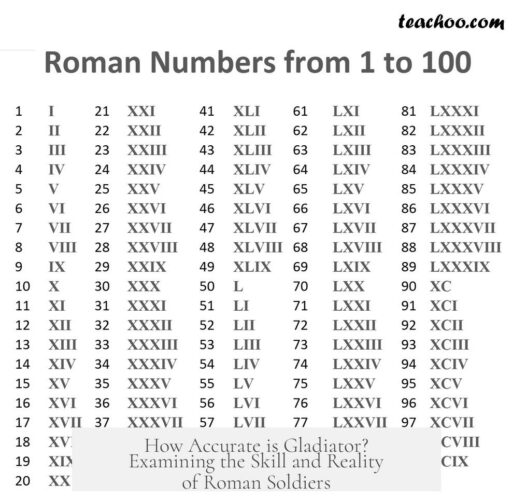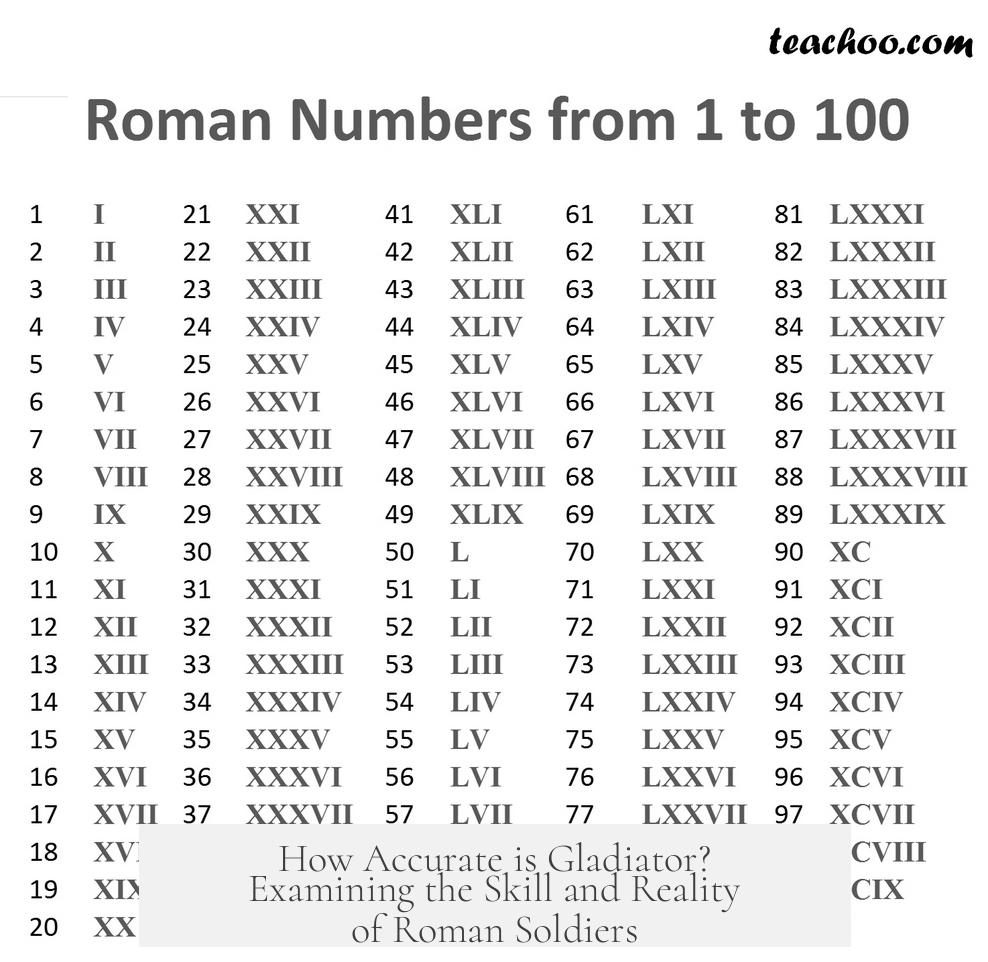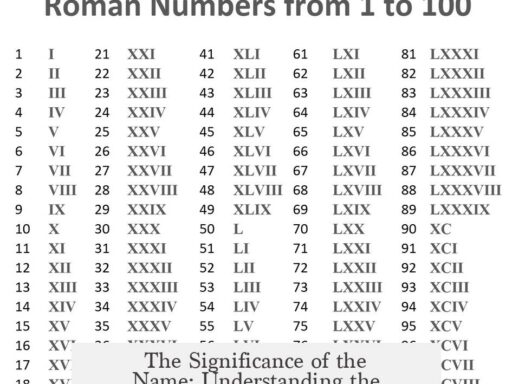Gladiator is not a very accurate portrayal of Roman history or warfare. While it entertains well, it contains many historical errors, especially about key characters, events, and military details. The average Roman soldier, meanwhile, had moderate individual fighting skill but excelled in discipline, formation, and logistics rather than personal combat prowess.
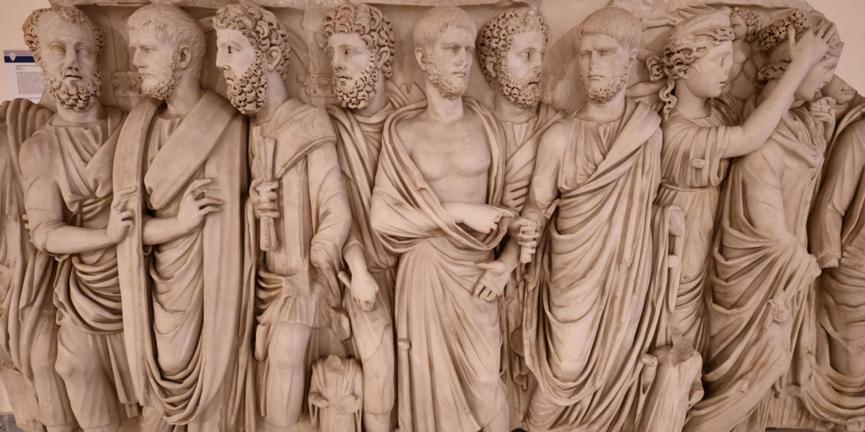
The film Gladiator takes significant liberties with facts. Marcus Aurelius did not die by assassination but from natural causes. He had no wish to restore the Roman Republic, unlike the movie’s implication. Instead, he prepared his son Commodus for imperial rule by involving him in military and political matters.
Commodus is portrayed incorrectly in several ways. The film shows him as a weak and obsessive tyrant. Historically, he was handsome and known for numerous relationships. He also did not die in the arena; he was poisoned and then killed privately. His sister Lucilla was neither raped nor spared. She attempted to kill Commodus, was exiled, and executed later.
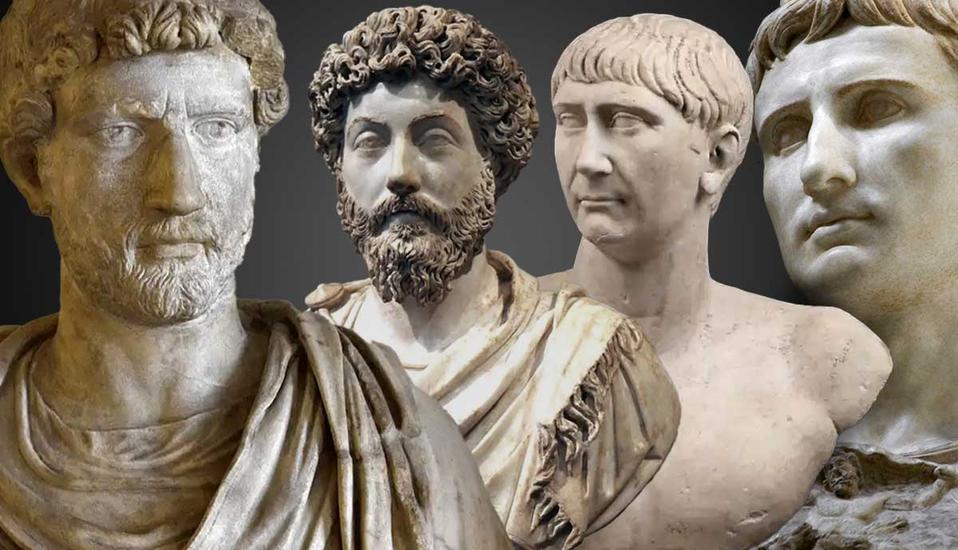
The political context is also wrong. Rome never returned to a republic after 27 BCE. The “honorable executions” shown in arenas did exist, but gladiatorial combat rarely ended in death to preserve the expensive investments in fighters. Gladiators were sometimes volunteers and supported by sponsors.
The movie’s battle scenes are flawed. The opening combat uses siege weapons inappropriate for forest battles and violates formation discipline. Helmets and tactics are historically incorrect. The Colosseum is misnamed for the period—it was called the Flavian Amphitheatre then. Maximus himself is a fictional character created for drama.
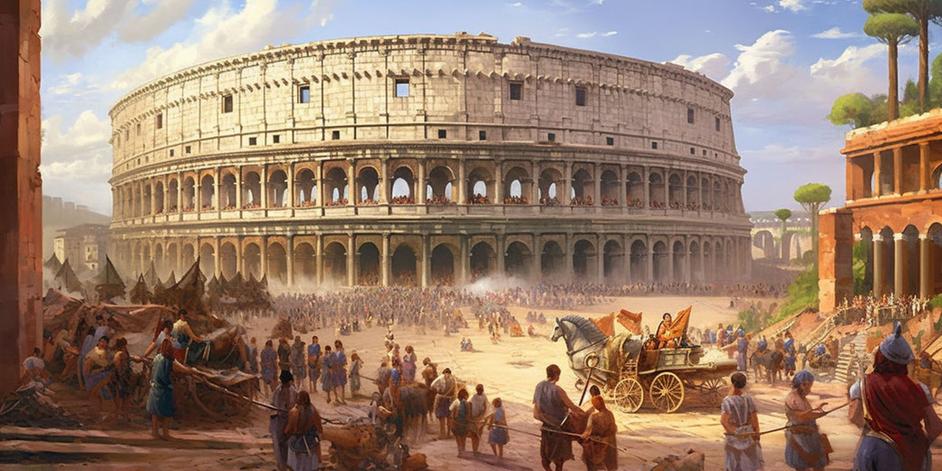
For a better and more realistic depiction of Roman life and military, series like HBO’s Rome offer more accuracy and detail.
The Roman soldier’s average skill is different from what many assume. Individual combat training existed but was not the army’s main strength. Legionaries excelled in strict formation fighting, endurance marches, and battlefield engineering like entrenchments. Their discipline and equipment gave them an edge against less organized foes.
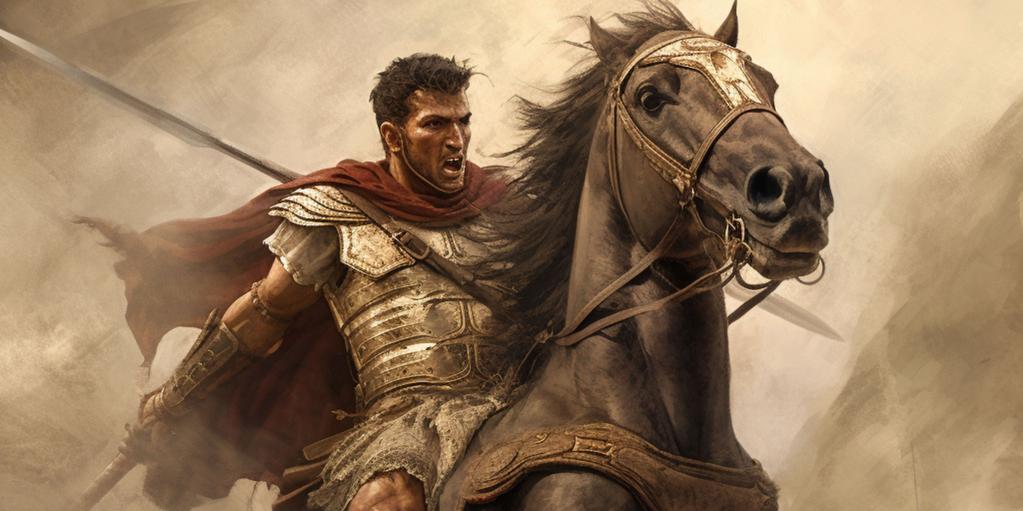
Most soldiers were part-time farmers with months of annual training. They carried well-designed armor and weapons, such as the gladius sword, which was highly effective. Their success relied on unit cohesion, strategy, and supply chains that supported extended campaigns across vast territories.
The Marian reforms opened military service to broader classes, increasing numbers but lowering individual quality compared to earlier periods when only landowners served. Early republican soldiers received rigorous and diverse training, including weapons weighted practices, while later soldiers sometimes had less skill on average.
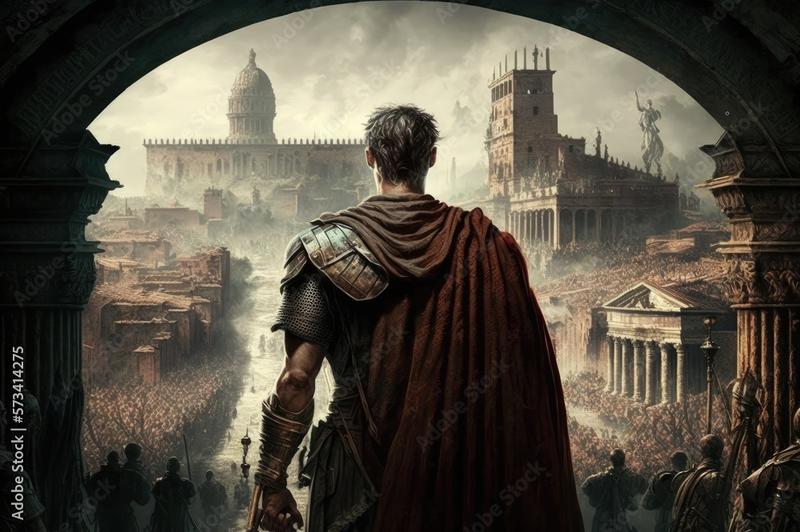
Despite not being elite sword masters like Spartans, Roman legionaries were feared fighters. Spartans trained lifelong and emphasized individual prowess and discipline within the phalanx but focused on local defense rather than lengthy campaigns. Romans, by contrast, built a flexible, sustainable military machine capable of projecting power far from home.
| Aspect | Gladiator | Historical Reality |
|---|---|---|
| Marcus Aurelius’ death | Assassinated by Commodus | Died naturally, no republican plans |
| Commodus | Weak, obsessed, died in arena | Powerful, promiscuous, poisoned and killed privately |
| Gladiatorial battles | Always deadly, slaves forced to fight | Rarely lethal, not all gladiators slaves, staged fights |
| Battle scenes | Siege weapons in forest, wrong helmets | Siege engines unsuitable for field battle, disciplined formations maintained |
| Roman soldier skill | Highly skilled swordsmen | Average soldiers trained for formation, endurance, decent swordsmanship |
Key takeaways:
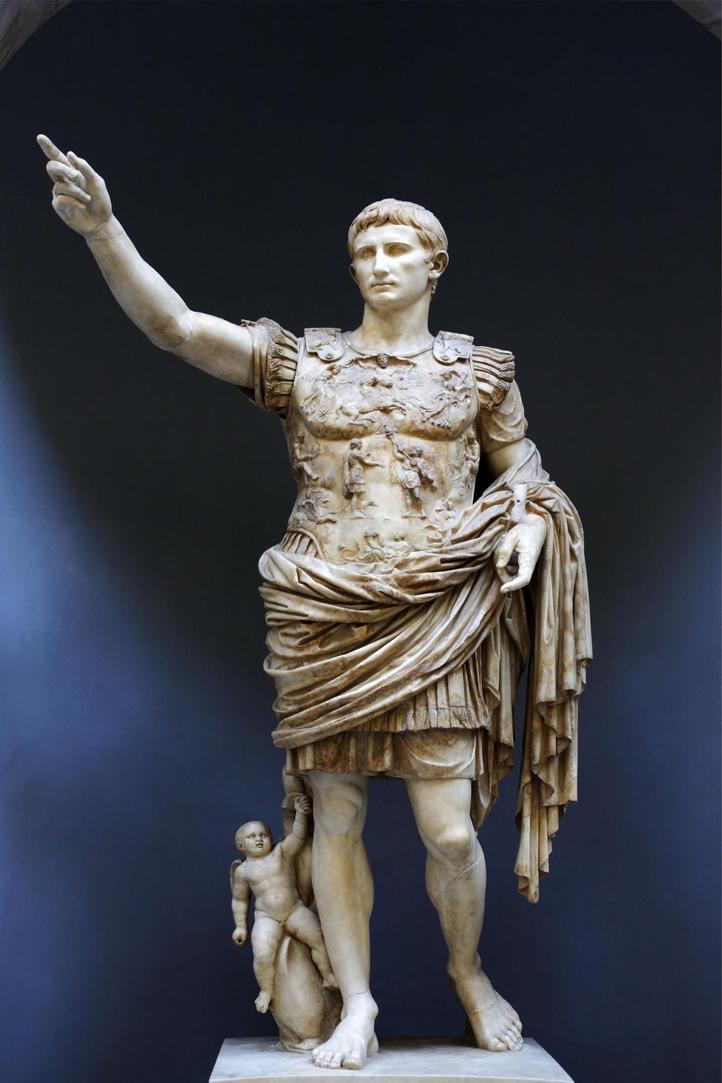
- Gladiator is largely inaccurate historically, prioritizing drama over fact.
- Major characters and events in Gladiator are fictionalized or false.
- Roman gladiatorial combat was rarely a fight to death and could involve volunteers.
- Roman military strength lay in organization, equipment, and logistics, not just individual skill.
- Average Roman soldiers were moderately skilled fighters, well-trained on formations and battlefield tactics.
- The Roman army’s ability to conduct long campaigns depended on discipline, supply, and speed.
- Compared to Spartans, Roman soldiers were less individually elite but more versatile and better equipped for sustained warfare.
How Accurate is Gladiator? What Was the Average Skill of a Roman Soldier?
The short answer is: Gladiator is about as historically accurate as a Hollywood blockbuster can afford to be — which means, not very. And the average Roman soldier? More about disciplined teamwork and logistics than lone-wolf sword fighting. Now, let’s dive into the gritty details you didn’t get from the movie (and try not to chuckle at Commodus’ portrayal).
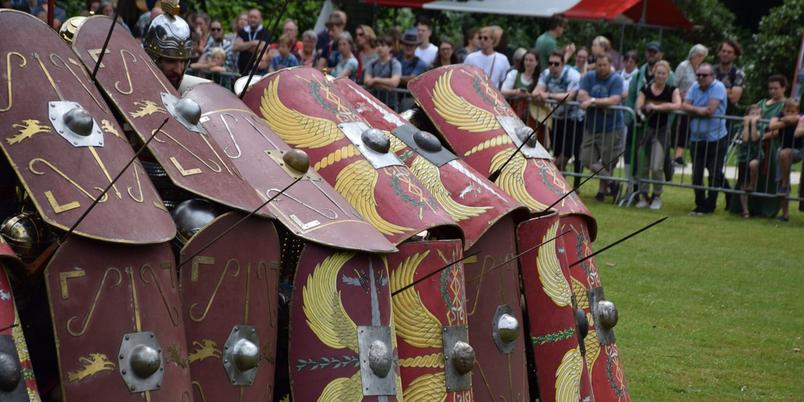
Gladiator’s Historical Reality Check
If you loved Ridley Scott’s Gladiator for its thrilling battles and dramatic twists, brace yourself. The film is *entertainment first, history second.* Think of it less as a documentary and more as a spectacular myth with some shiny historical props.
- The narrative dramatically bends facts — for example, no, Marcus Aurelius didn’t get stabbed in a dark corridor by his son Commodus. In reality, Marcus Aurelius died peacefully from natural causes.
- The idea that Marcus wanted to restore the Roman Republic is pure Hollywood fantasy. Instead, he carefully groomed the imperial succession, dragging his son Lucius on campaigns and Senate visits.
- Commodus wasn’t depicted as a charming maniac with hundreds of mistresses, but he really was a handsome, scandalous ruler with quite the libido. His death? Not in a gladiatorial match. He was poisoned and then strangled in his bath.
- Then there’s Lucilla, Commodus’ sister. Contrary to the movie, she wasn’t raped by her brother but plotted to assassinate him. After her failed attempt, she ended up executed for treason on Capri.
Whew! Historical drama doesn’t hold a candle to Hollywood when it comes to truth stretching.
The Gladiatorial Games: Not Quite the Bloodbath Scenes Showed
Surprise! Gladiators weren’t constantly spilling blood to the death. That was too expensive — those athletes were investments.
- Many gladiators weren’t slaves forced to fight; some volunteered for fame or money.
- Combat death was rare; matches were more like choreographed wrestling bouts than brutal fights to the death.
- Ridley Scott actually cut out real scenes of gladiators endorsing sponsors because audiences wouldn’t believe ancient celebrities hawked products like today’s influencers.
The Organizers cared about showmanship and survival more than real carnage. Don’t expect a “Game of Thrones” bloodbath every five seconds.
Battlefield Fumbles and Anachronisms
The movie’s opening battle scene is about as historically accurate as a Roman on a skateboard:
- The heavy siege weapons like catapults are out of place. Romans used them mostly in sieges, not forest skirmishes.
- The legionaries break formation within seconds — a complete no-no unless retreating or ambushed.
- Helmets and armor styles were anachronistic, borrowing from different eras for aesthetic appeal.
- The terms “Spain” and “Spaniards” didn’t exist as such, and no one spoke Italian yet — Latin was the lingua franca.
- The famed Colosseum? It was actually called the Flavian Amphitheatre back then. “Colosseum” came later, during the Middle Ages.
Bottom line: if you want accuracy, don’t bet on every battle scene. But hey, it’s cinema—some liberties are expected.
Honorable Moments and Respect for Traditions
One authenticity deserves applause: the honorable executions depicted — sword thrusts to the shoulder — were indeed carried out this way in arenas and by soldiers. So that bit of dramatic flair? Pretty accurate.
Want Real Roman Drama? Try HBO’s Rome
For viewers hungry for a genuine, gritty taste of ancient Rome—without all the Hollywood gloss—check out the HBO series Rome. It’s widely praised for accuracy in depicting politics, military life, and society.
The Average Skill of a Roman Soldier: Not Just Muscle and Metal
Gladiators got all the glory and glitz, but what about your everyday Roman soldier marching across the empire? Turns out, their power lay less in flashy individual skills and more in discipline and strategy.
The Strength of Organization and Training
- Roman soldiers weren’t mythical sword-wielding ninjas; they rose in strength from disciplined formations, effective training, and solid gear.
- Their training emphasized formation fighting, marching, and tactical organization — not just flashy swordplay.
- Roman legions excelled in speed marching and digging fortifications rapidly, often reaching the battlefield first and setting up strong defenses.
- Experienced officers, like centurions, kept the legions coordinated across long campaigns, managing battle, logistics, and camp-building.
Think of them as the ultimate well-organized team sport players rather than lone warriors in a brawl.
Who Were These Soldiers, Anyway?
Many Roman soldiers were farmers by day, not warriors from birth:
- Before the Marian reforms, soldiers were mostly land-owning farmers who served in seasonal campaigns then returned to tend their fields.
- Because the Punic Wars stretched Rome’s battles far afield, a more professional army became necessary. After reforms, anyone could enlist — quality dropped but quantity soared.
- Despite this, Roman soldiers remained fierce and feared, especially with the gladius sword and shield tactics.
- Typically, a soldier had about two years of training focusing on both individual combat and group maneuvers.
So when you picture a Roman soldier, imagine a fit, disciplined citizen ready for battle—and careful with his wine ration.
Comparing Roman Soldiers to Spartans
Spartans get all the hype for toughness, but comparing them directly to Roman legionaries is like putting a sprinter on a marathon track:
- Spartans were lifetime warriors, deeply indoctrinated and highly skilled in hand-to-hand combat, yet limited to fighting close to home.
- Romans mastered long campaigns, supply chains, and battlefield strategy that spread their reach across continents.
- Legionaries were well-equipped and trained to adapt, making them formidable, especially compared to many foes—but Spartans had an elite, almost fanatical warrior ethos.
- In terms of raw, single-combat skill, Spartans arguably surpassed Romans. Yet the Roman army’s organizational prowess changed the course of history repeatedly.
In a nutshell: Spartans were elite gladiators; Romans were elite strategists and endurance fighters.
Battle Strategy Over Individual Glory
Roman military success wasn’t about gladiatorial bravado. It was about marching miles, building fortifications from scratch, maintaining supply lines, and holding solid formations.
Their strength was the ability to show up prepared, organized, and supplied—not just swinging swords wildly. Now that’s something worth raising a glass of wine to.
Final Thoughts: The Myth vs. The Machine
Gladiator thrills us with flash and fury but leaves a lot of Roman realities on the editing room floor. Commodus isn’t the vain lunatic you meet in the film; battles rarely looked like Hollywood blockbusters, and the average Roman soldier was a loyal, skilled team player rather than a lone warrior hero. It’s the empire’s machine—not individual heroics—that forged history.
So, next time you watch the film, enjoy the spectacle but remember: history rarely wears armor as polished as Hollywood—or survives as dramatically as fiction.
And if you want real history with all its gritty detail, pick up a book, watch a documentary, or binge that HBO series instead.
